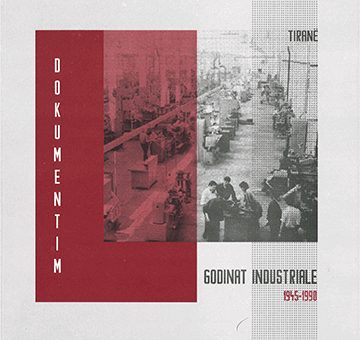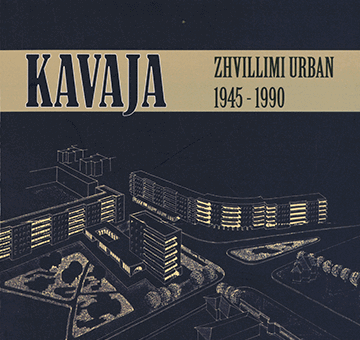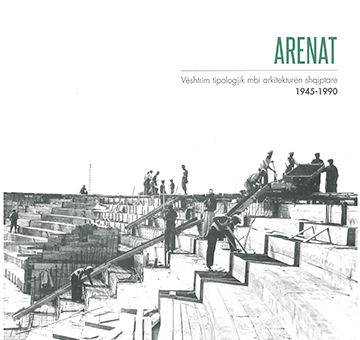Kur vizitova Tiranën për herë të parë, në vitin 1987, përshtypjet e mia fillestare të mëdha ishin aeroporti i vogël, rruga e gjatë dhe dredha- dredha nga aeroporti për në qendër të qytetit, trafiku i pakët, Hotel Tirana, ku isha vendosur, dhe shumë këmbësorë nëpër rrugë, të cilët largoheshin nga unë, i huaji. Menjëherë pasi tentova, për herë të parë dhe të fundit, për të hyrë në një kafene për të porositur diçka, kuptova që vetëm dy ndërtesa publike ishin të arritshme për të huajt e pashoqëruar pa krijuar probleme - përveç Hotel Tiranës, ndërtesa më e lartë në vend dhe hoteli më prestigjioz në sytë e partisë në pushtet, hoteli tjetër më prestigjioz në sytë e të huajve, ishte Hotel Dajti, me stilin e tij italian dhe barin e shumëllojshëm. Libri të cilin po lexoni hapet me vrojtime të ngjashme, ndonëse në një nivel më abstrakt – një ndërveprimi i arkitekturës italiane të periu- dhës midis dy luftërave botërore dhe Luftës së Dytë Botërore me arkitekturën shqiptare të stilit sovjetik të epokës së socializmit. Anna Bruna Menghini, autore e prologut në këtë libër, na ofron komente arkitektonike të spikatura për këtë, ndërkohë që vëzhgimet e mia janë relati- visht modeste, por sidoqoftë të rëndësishme për
You need to Log In to comment this post!





(0) Comments